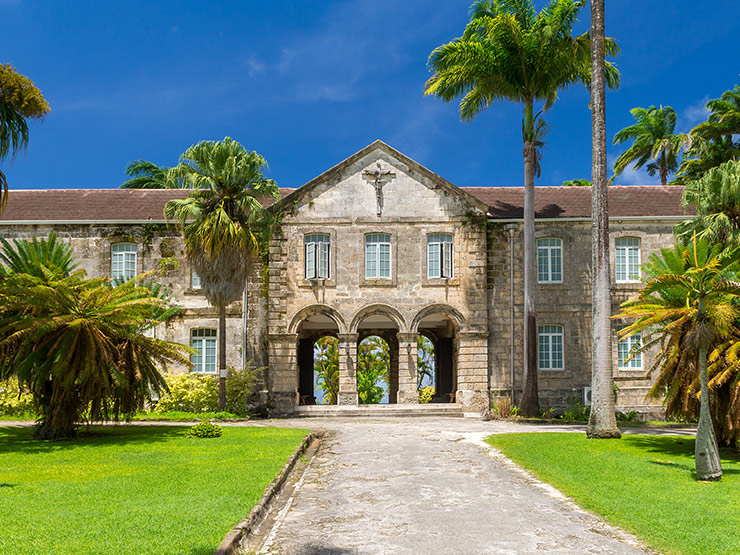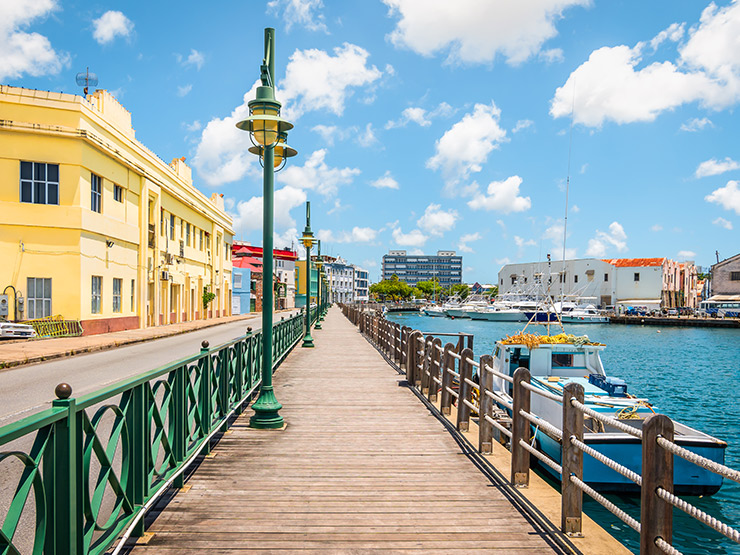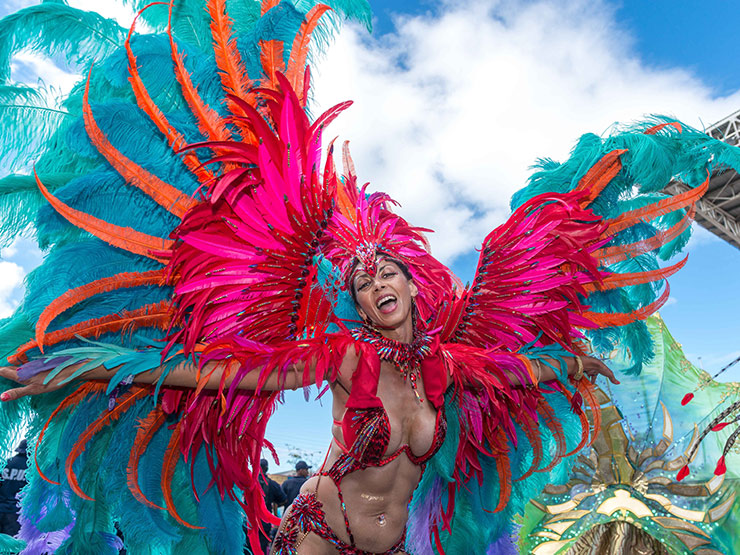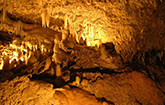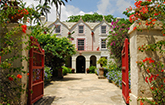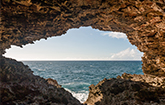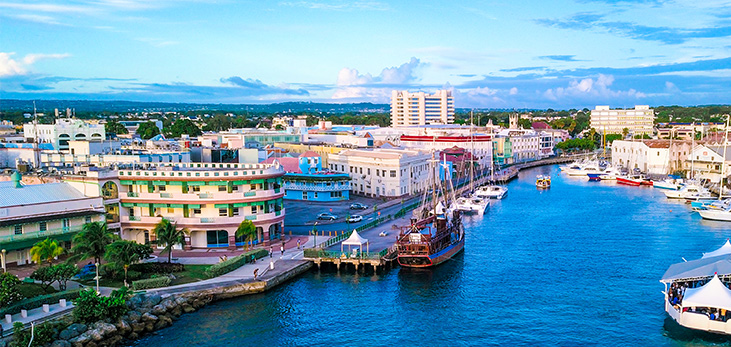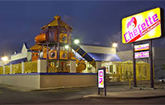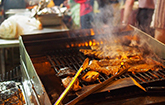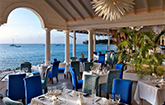Bridgetown is the capital city of Barbados and also the home to the Bridgetown Port, which is one of the most advanced ports in the Caribbean. Many well known streets, buildings and historic sites are also home to Bridgetown and its outskirts. These include but are not limited to:- Bay Street, Belleville, Broad Street, Cenotaph War Memorial, Chamberlain Bridge, Heroes Square and Lord Nelson Statue to name a few.
History of Bridgetown
When the British settlers landed on the island of Barbados in 1628, not much was there with the exception of a wooden bridge across the water. It is believed that a group of indigenous people to the Caribbean known as Arawaks were the ones to create the bridge. Upon discovering the structure, the British settlers began to call the area of Bridgetown, Indian Bridge. The British removed the structure and constructed a new bridge over the Careenage sometime after 1654 and the area became known as the town of Saint Michael and later, Bridgetown.
In 1872, it was finally replaced as a swing bridge at a great cost. During the poor years suffered by the colonies, Barbados benefitted tremendously from financial contributions made from Joseph Chamberlain who at the time was Secretary of State for Colonies. The bridge was repaired and as a result of his monetary contributions, in 1900, in his honour, the bridge was named after him. The Independence Arch currently adorns the site that the Indian Bridge once sat on.
Barbados gained its independence on November 30, 1966 and this arch was constructed in 1987 in acknowledgement of such an achievement.
The British settlers took full advantage of the city of Bridgetown as it proved economically viable to them due to merchants trading in sugar and using slaves as labor force. So much so that imposing warehouses were built along the waterfront as a result of their growth in fortunes.
On July 5, 1628 Charles Wolverstone brought 64 settlers to Bridgetown, Barbados which was formally claimed by James Hay, the Earl of Carlisle. Wolverstone, had been dispatched by a group of London Merchants, headed by Sir Marmaduke Rawdon. In an effort to settle their debts, the group was granted a lease to 10,000 acres of land by the Earl of Carlisle. Wolverstone granted each of his settlers 100 acres of land, lying on the northern side of the Careenage waterway for the purpose of general settlement. Carlisle’s agents claimed the southern shore on Needham’s Point in October and in 1631, Henry Hawley, the new Governor, acquired many acres of land directly facing Carlisle Bay. In 1639, the Governor was arrested as reports of his possible dishonest behaviour surfaced. In 1640, an investigation was carried out by the Commission and it was found that much of Hawley's land transactions were quite legitimate and accurately showed these lands (including the town site), as being attributed to the Earl of Carlisle.
Bridgetown is the only city outside continental North America that was visited by the future “First Father” George Washington. Bush Hill House (now renovated and called George Washington House) was the only house he ever lived in outside of continental North America. The city of Bridgetown in Barbados also acts as a present day center for major business activities & tourist attractions. It continues to boasts of a well-balanced environment that lends well to doing your shopping , topping up on its rich history, doing your banking, having something to eat in a casual dining setting and even visiting a beach or two. The General Post Office, which is one of the world’s oldest postal services, is also located in Bridgetown.
Fires
A recurrence of fires in the seventeenth, eightenth and nineteenth century were all responsible for lending a great deal of vulnerability to the structural composition of Bridgetown. On the corner of James and Lucas Street, Nicholas Building and its immediate neighbours were able to survive the nineteenth century fire as it stopped at Lucas Street.
Bridgetown Early Saturday Morning
Bridgetown like most cities worlwide is a place of strong contrasts. A simple walk through this commercial hub can expose one to the many variants of city life. Old cars, new cars, bicycles, motorcycles, snowcone vendors, ice-cream parlors, sidewalk vendors and hawkers adorning the front of some of the most upmarket buildings with their 'down-to-earth' like produce. This unique fusion of cultures has been very responsible for making Bridgetown in Barbados what it truly is today.
It is the very nucleus of trade, food, history, culture and a host of other things that lend to the sustenance of this town.
Cheapside Market
As the name so aptly describes, 'Cheapside' is the place where early birds go to get the freshest produce there can find in Barbados on the 'cheaper side'. Located just next to the General Post Office in Bridgetown, Cheapside is a hive of activity that's filled with lots of colour, fruits, vegetables, vendors and craftsmen.
Old ladies in broadly brimmed hats, colourful dresses and aprons with more than enough pocket room, are among the many who greet you in this market to help you decide what you should really buy and even are more than willing to 'give you a bargain' if you so desire. Whatever you need to cook with can be found here! Yams, potatoes, eddoes, carrots, bananas and many other fruits and vegetables are available in this open market. You can also purchase unique jewellery, leather, handmade and household goods here.
Whatever you decide to take from this market, whether tangible or not, you will be sure to take back the experience in itself.
World Heritage Site
In June 2011, The World Heritage Committee has put a Heritage Stamp on the Historic Bridgetown and the Garrison areas. These sites were listed on the United Nations Educational, Scientific and Cultural Organisation's (UNESCO) World Heritage List.
As such, great potential has been sited for many Barbadians who have an interest in producing souvenirs as this now creates a unique opportunity to create foreign exchange.
UNESCO’s website is quoted as describing Historic Bridgetown and its Garrison as “an outstanding example of British colonial architecture consisting of a well-preserved old town built in the 17th, 18th and 19th centuries, which testifies to the spread of Great Britain’s Atlantic colonial empire”.

